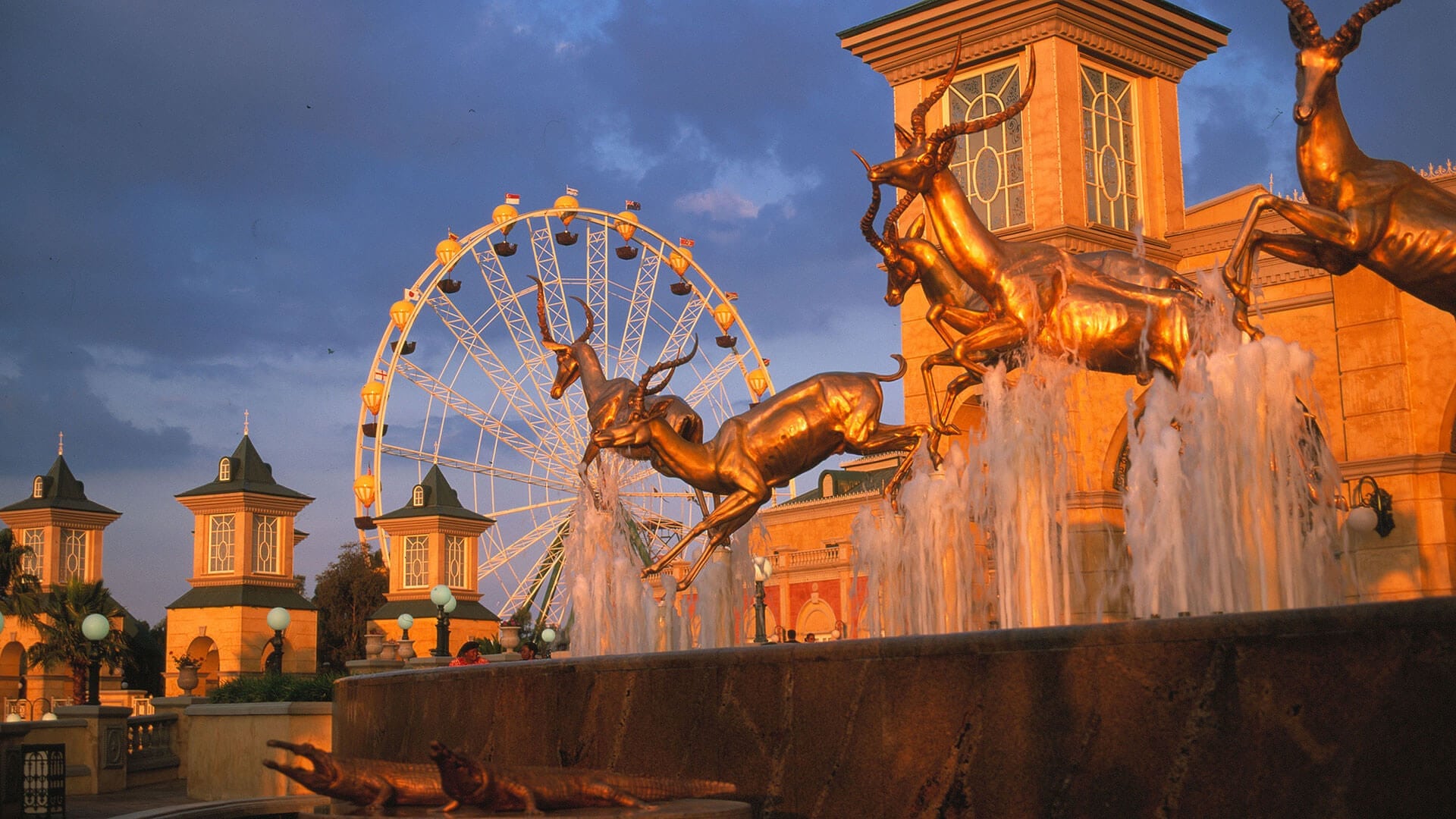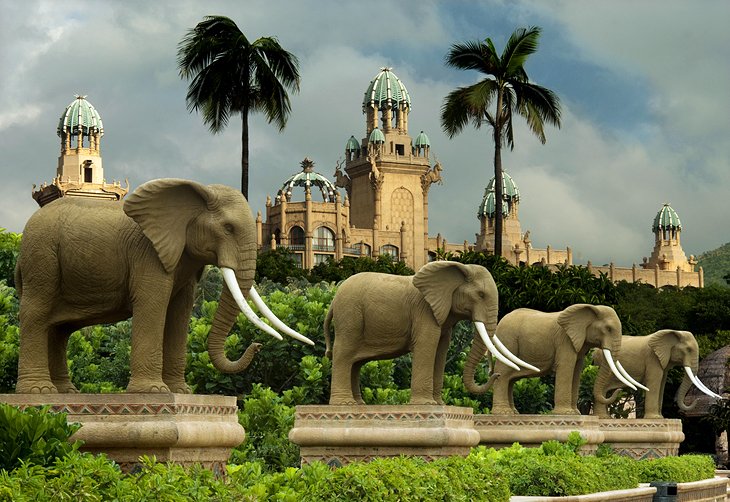Fascination About Johannesburg North Attractions
Fascination About Johannesburg North Attractions
Blog Article
Some Known Incorrect Statements About Johannesburg North Attractions
Table of ContentsThe Ultimate Guide To Johannesburg North AttractionsJohannesburg North Attractions Fundamentals ExplainedThe Ultimate Guide To Johannesburg North AttractionsJohannesburg North Attractions Fundamentals ExplainedRumored Buzz on Johannesburg North AttractionsNot known Factual Statements About Johannesburg North Attractions
The city owes its place to the visibility of a a lot more precious resource: gold. The city expanded on the side of the Witwatersrand Main Reef, a subterranean stratum of gold-bearing quartz-silica empire that arcs for numerous miles underneath the Highveld. Many of the gold mines in the city ceased operation in the 1970s, but in its day the Witwatersrand gold market accounted for greater than 40 percent of the globe's yearly gold manufacturing.Johannesburg has a pleasant climate. Summer temperatures balance concerning 75 F (24 C); winter season temperature levels balance about 55 F (13 C) and only occasionally dip below freezing. The city enjoys regarding eight hours of sunlight each day in both wintertime and summer season. Rain averages about 28 inches (700 millimetres) per annum, however the overall varies significantly from year to year.
What rainfall the city gets drops almost exclusively in the summertime, usually in incredible late-afternoon electrical tornados. Air contamination postures a substantial trouble, especially in the cold weather, when thermal inversions impede the westward flow of air from the Indian Sea. Contamination is most severe in the largely cleared up Black territories on the city's perimeter, where numerous residents still count on coal for fuel.

The Best Strategy To Use For Johannesburg North Attractions
The balance of the city is inhabited by whites. Holiday accommodation varies in personality and quality.
Physical growth, although somewhat limited by transport, proceeded rapidly as immigration to South Africa, and Johannesburg in certain, boosted significantly.
A lot of poor residential areas were mixed, with bad blacks and whites cohabiting, although the well-off suburbs were usually scheduled for whites. This transformed with the political election of the National Party in the 1948 elections, who started to formalise the system called racism. Apartheid formally designated which suburban areas each race can live in under the Group Locations Act.
The approximated populace of the area is 200,000, [] but the number of people living in the inner city on an informal basis is unknown, as numerous are illegal immigrants. Most higher-income locals and white people have moved to the northern suburbs and have actually been replaced by lower-income black people. The unemployment, education and learning, and age profiles of the area are all unknown, due to the difficulty of getting dependable information concerning the location.
Johannesburg North Attractions for Beginners
Yeoville and Bellevue have a mix of apartment or condo structures and solitary household systems on tiny lots. The area is situated on a hilly divide that runs from eastern to west.

Johannesburg Stadium, a training ground for both the Golden Lions and Orlando Pirates, is nearby. The eastern residential areas of Johannesburg are located in the city's 7th [] and 9th [] Recommended Reading regions. The area is also functionally incorporated with East Rand boundary towns beyond the main limit of Johannesburg, such as Bedfordview and Edenvale (both part of Ekurhuleni Metropolitan District).
Examine This Report about Johannesburg North Attractions
R. Tambo International Airport Terminal). The eastern suburban areas are a few of the earliest locations of Johannesburg, there are large neighborhoods of Jewish and other European histories, the bulk of the population is English speaking. There are 3 fairway in addition to a variety of safeguarded ridges with viewsites. There are numerous well-developed and up-market home entertainment and buying areas in the east such as the Eastgate Buying Centre and the Greenstone buying centre.
Originally built to house male migrant workers, numerous have been boosted as homes for couples and families. The residential area was not traditionally enabled to produce work centres within the location, so nearly all of its homeowners are travelers to various other parts of the city.
Johannesburg North Attractions for Beginners
The household areas in the northern suburban areas are mostly see this official, with no significant locations of casual housing, or housing that lacks a permanent structure. This is a recognized area, there is a trend of land use change from household to commercial, particularly along primary arterial roadways and around well established nodes.
The location is well attached to roadway networks, specifically along the north-south axis formed by the M1 and N1. Roadways to the east and west are less well developed, as there are no highways taking a trip because instructions. Towards the northern border of the city, the thickness of growth decreases, leaving big locations of undeveloped land around Midrand.
Some Known Facts About Johannesburg North Attractions.
, which is situated on a hill overlooking the inner city and Hillbrow.
Report this page